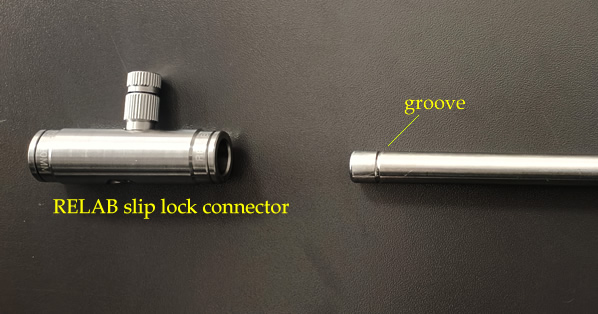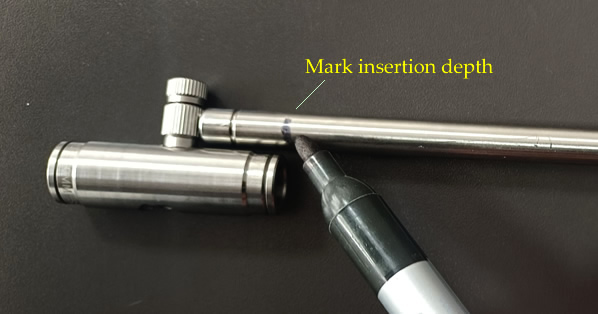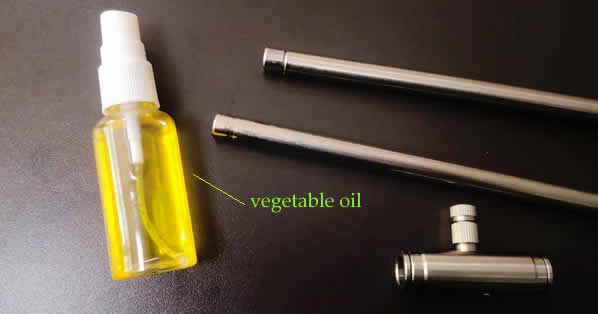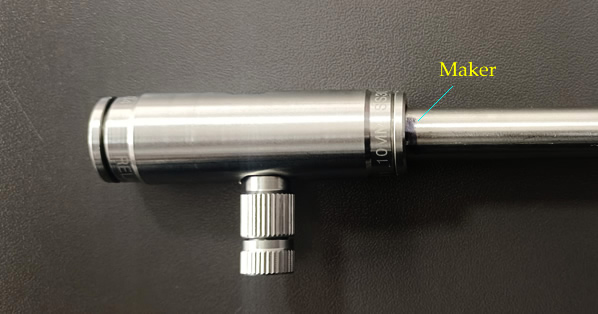Connection of Push-in Fittings and Steel Pipes
RELAB's high-pressure push-in fittings use a unique 8-talon ring to lock the steel pipe. The thickness of the steel pipe is usually 1.0~1.5mm, which is convenient to lathe a groove at both ends of the pipe without affecting its pressure-bearing capacity.

In the process of connecting the push-in/slip lock fittings and the steel pipe, the RELAB’s engineers also shared some experience for reference.
1. How to insert the steel pipe correctly?

RELAB’s high pressure quick connectors use double seal rings inside them, and when inserting the steel pipe, it should be rotated into the connectors instead of straight. If inserted in a straight line, the tube is prone to breaking the seal, while rotary insertion is more labor-saving. (Note: When installing the tube, you should first mark the insertion depth with a marker on the pipe, so that you can accurately judge whether the tube is installed in place.)
2. How can I insert a steel pipe more easily?

Sometimes due to the large error of the pipe during processing, it may be affected by the rubber ring inside the fitting during installation, and the resistance of the pipe when inserting is great, especially the plastic pipe. RELAB engineers suggested applying edible vegetable oil to the pipe, so that the steel pipe could be easily inserted into the slip lock fittings.
3. What is the length of the steel pipe?

When installing the high-pressure push-in fittings, RELAB’s engineers recommend that the length of the pipe is less than 2.5 meters per piece. If the pipe is too long, the gravity of the sag is too great, causing the pipe to pry into the rubber ring inside the fitting and leak. Of course, in the process of pipeline hoisting, it must be kept level. Most of the water leaks are caused by this reason.
